UrbanMeisters was for you at WHO’S NEXT – Europe’s biggest fashion trade show that has become 20 years after its creation a key international event for womenswear. The fashion trade show is held twice every year in Paris in January & September and welcomes almost 50,000 visitors. Together with WHO’S NEXT is organised the trade show PREMIERE CLASSE which is the champion trade show event for accessories. The last edition from 2nd to 5th September 2016 revealed the latest Spring/Summer 2017 collections.
UrbanMeisters checked out the fashion trade show for you to spot alongwith the latest and hippest, also the greenest in fashion and accessories.
To set the context you must remember that we were super spoiled by the amazing organisation of the Berlin Fashion week in June 2016 that we voted to be clearly the capital of sustainable fashion and future of fashion in general. Sustainable fashion was not only fundamental part of the Berlin fashion week, but the event was a big brainstorming of brands, bloggers, politicians, industry experts on how to increase the transparency in the fashion supply chain – which is key to make this industry greener. Read full article why Berlin is the Capital of sustainable fashion here.
So the benchmark for WHO’S NEXT fashion trade show was high … and in our opinion too high.
As we have explained before on UrbanMeisters, the fashion industry is the 2nd largest polluting industry (after oil…) and also accounts for 10% of global carbon emissions. So the whole industry must take a part to reduce environmental pollution and act against climate change. If an event like WHO’S NEXT is proud to have such an international standing and prestige, it must be a very green actor and unfortunately this is not what was our impression after having visited the salon:
No clear focus on sustainable fashion
While the offer of International brands was impressive, over 700 divided into 5 areas of creation: Fame, Private, Trendy, Urban and Studio, there was no area for sustainable and ethical fashion. While we do not think that green fashion should be separated (as being green is about ethical practices & processes, and not some « green style »), but there should have been a way to highlight green brands or a guide on how to identify them. This was missing and our green trend hunt at the fashion trade show resulted in a frustrating experience. Not only were sustainable brands difficult to find as there were not many, even the staff of most brands were not really well informed. Proving how sustainability is not a key focus for them.
Our frustrations were shared by fellow sustainable lifestyle bloggers like Leotie Lovely with whom we met up at the event.
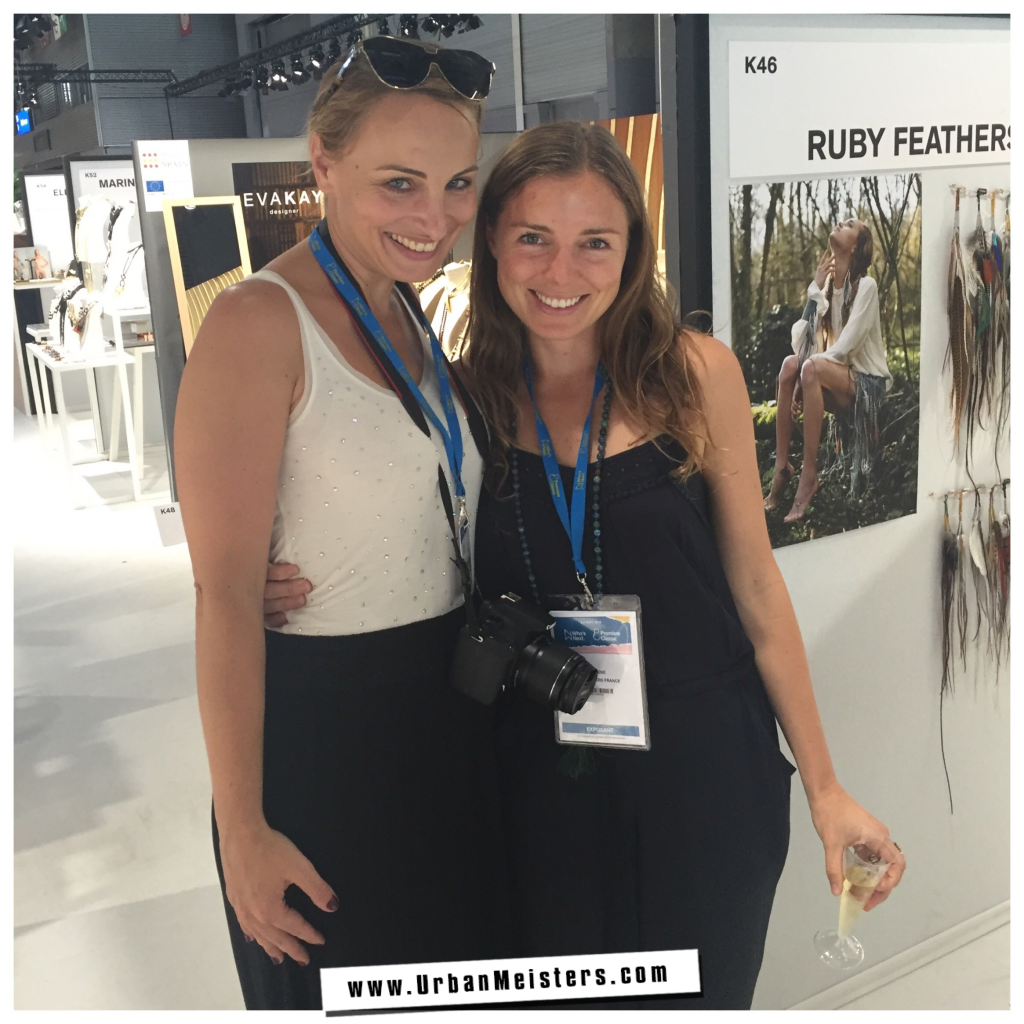
No obligation for conventional fashion brands to report on their sustainability
Again, being one of the most key events in fashion, we strongly felt that the conventional fashion brands should report their sustainability efforts, what are the key fields of improvement needed and what is timeline set to improve it, what is the carbon footprint of their collection, do they have somebody on board working on sustainability.… There should be transparency at each step and we believe that only big names & a fashion trade show like WHO’S NEXT and PREMIERE CLASS have the power to impose this transparency on brands and labels.
No sufficient education – Made in Europe is not fair made
We spent a lot of time in discussion with diverse brand teams. We discovered that there is a huge misconception prevailing – because of production based in Europe they felt that their brand qualified as sustainable. Production in Europe is no guarantee of being eco-friendly. Some materials like cotton are just super ressource intensive and polluting. Unless they are not replaced by organic versions or new sustainable materials, even production in Europe will not help in greening up the process.
But there are other ethical issues too which is super shocking as it is in Europe. Germany’s green eminent and engaged politician Renate Künast explained that after she visited the factories in Prato, next to Florence in Italy, she was totally shocked about the ethical and sustainable standards in these factories. Fact is that a lot of Chinese suppliers have taken over the fashion industry in this area and have imposed unethical and polluting practices that are not in line with the European law. Renate Künast is fighting strongly that Germany takes an active part in solving this issue as fashion produced in Prato is sold in Germany as well.
It was disappointing that while there were multitude of workshops and conferences organised during WHO’S NEXT & PREMIERE CLASSE, there was not a lot of focus was made to present the latest « green » trends to the industry professionals and brands. The brands that we feature regularly on UrbanMeisters have proved that it’s more than possible to go a step or two towards being more green. A brand we spoke to had both the word “natural” in their brand name and motto. But on talking further we discovered that only bohemian influences were the inspiration behind the creations. So if they exploit these values for their brand positioning, and have no sustainable or ethical way of doing business… how crazy is that?
The event was not organised sustainably
Even though there were some sustainable caterers, plastic glasses were all over. With 50,000 people on an event like this for 4 days, the waste created must have been a significant amount. Mega events like this need to contribute to sustainability and there should be an obligation for all fair trade shows to balance out carbon foot print. Especially for an ambitious green city like Paris this should be a direction to go and if somebody can impose it than we count on environmentally dedicated mayors and new C40 chair – Anne Hidalgo – to go further and institutionalize this.
The only really interesting sustainable actions of the WHO’S NEXT & PREMIERE CLASSE were the following:
Dead stocks + Up-cycling = (RE)CREATE
Together with Kiliwatch Paris, WHO’S NEXT & PREMIERE CLASSE organised an “Upcycling” project and exhibition. The objective was to show what an art it is to transform recovered materials into high-quality fashion.
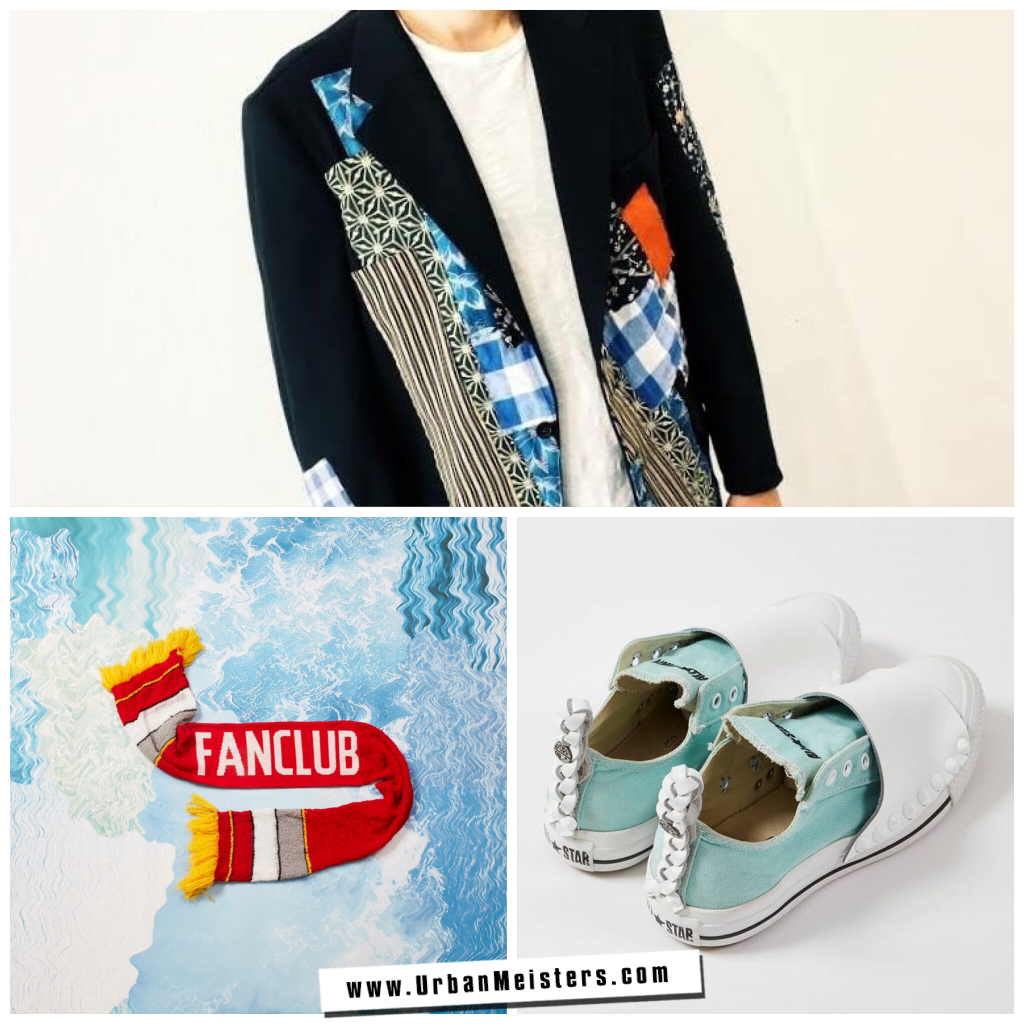
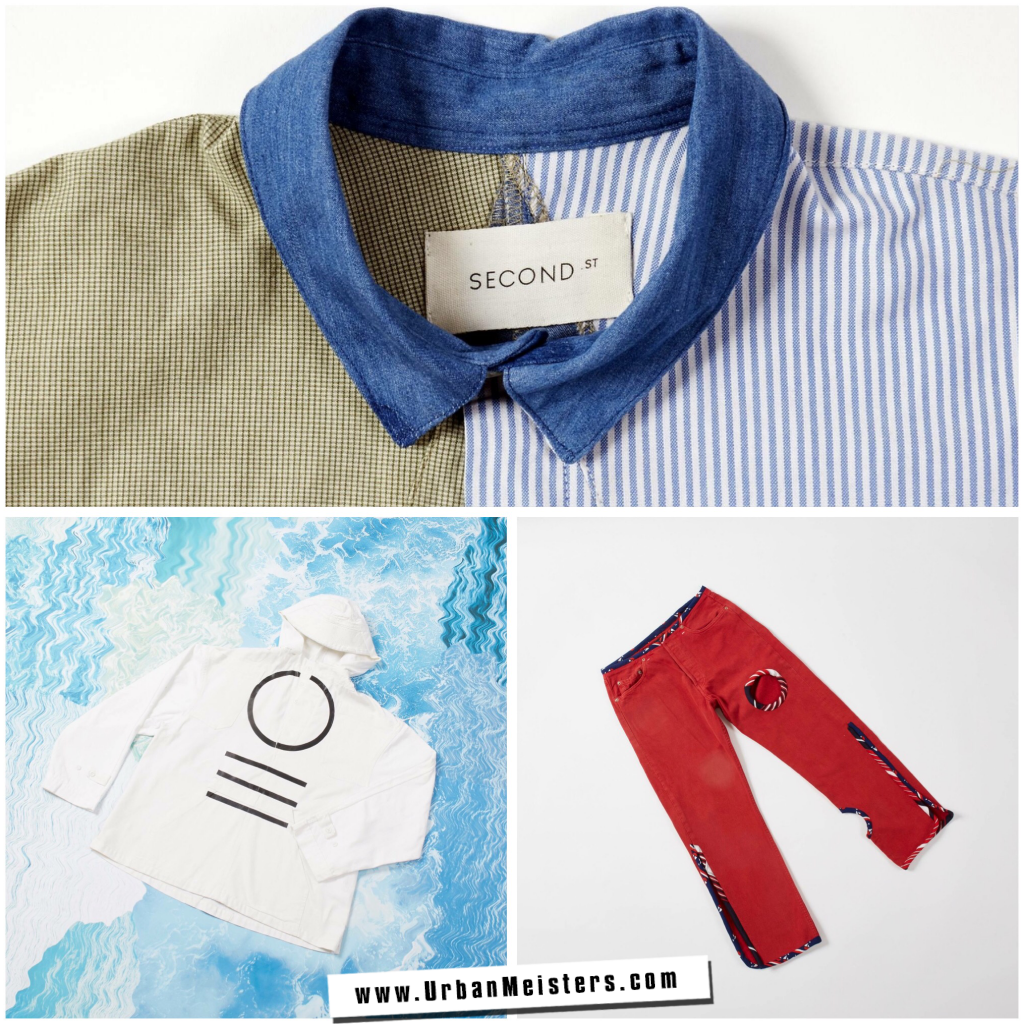
Prior to the fair trade show 7 French and international designers spent a day at the warehouse of the iconic Parisian second-hand clothing stores Killiwatch. They had 20,000 m2 stock of vintage pieces as their inspiration and creativity trigger. Out of the vintage pieces they found they created new treasures that were in line with this season’s theme of the trade show: Mediterranean. Each of the talented designers created a collection of 20 pieces that was presented during the trade show.
Watch the video of how it started and listen to the designers here:
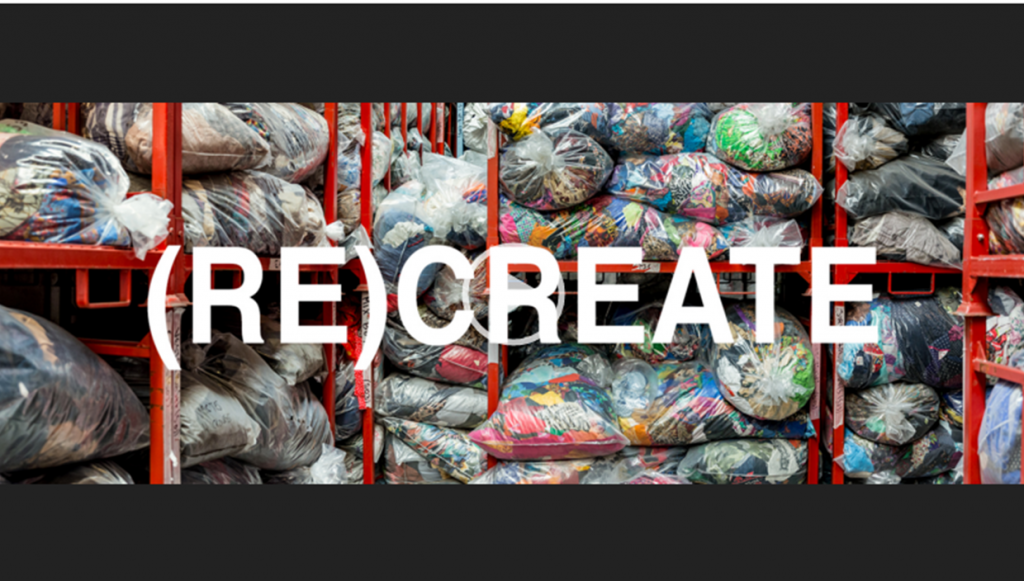
Green fashion lovers can look and shop at Kiliwatch, click here to join the facebook event.
The Green Village
Merci Raymond is a Parisian community of plant-lovers with the obsession to green up urban spaces. Together with l’Atelier Maraki they created a green village with a full program of yoga, knitting, garden workshops in a green oasis with recycled furniture.
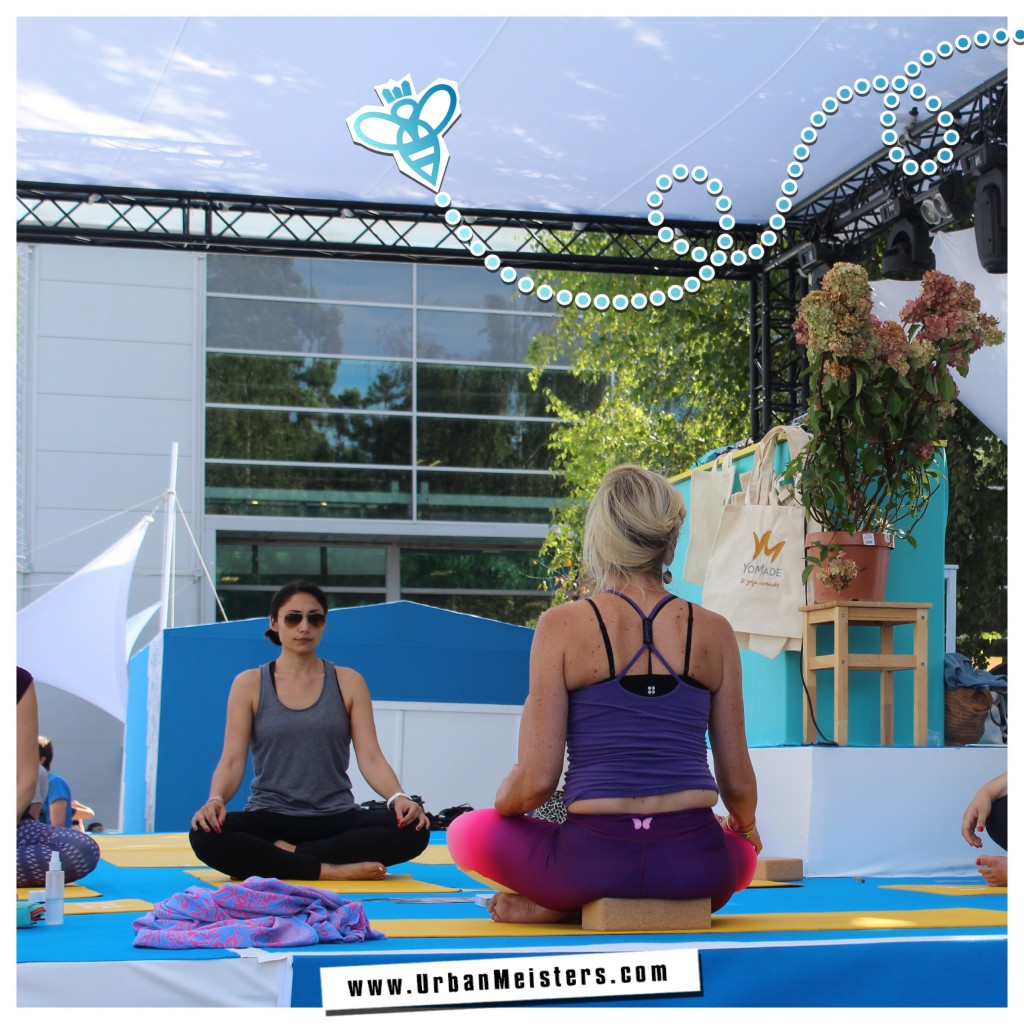
Sustainable brand of the event
Stay tuned for Saturday where we will reveal our sustainable pick of the fair show in the new edition of TANJA’S ECO TREND.
Photo credits: Cover picture Yannick Roudier, (RE)CREATE Kiliwatch

![[ALERTE GREENWASHING – CHAMBRE ENFANT] Les conseils pratiques d’un père engagé](http://urbanmeisters.com/wp-content/uploads/bfi_thumb/dummy-transparent-pyhloyclal4p5ty8tb4matytlyd4xyugzcd2z17fr6.png)